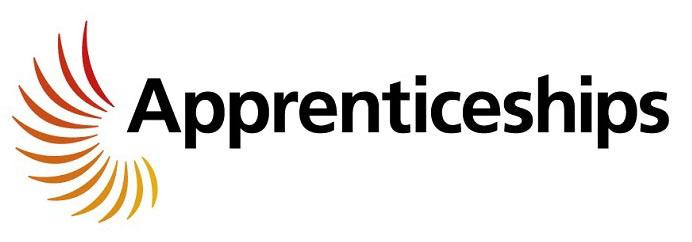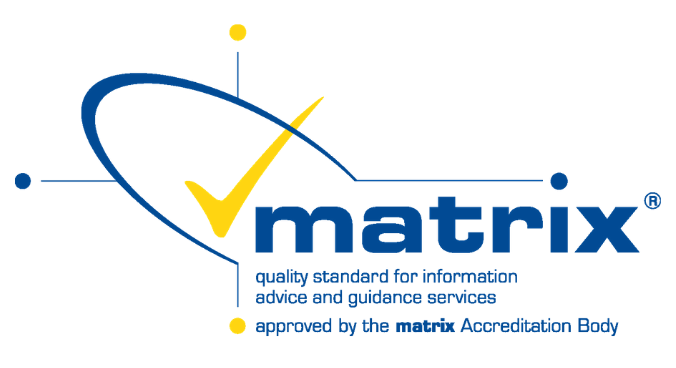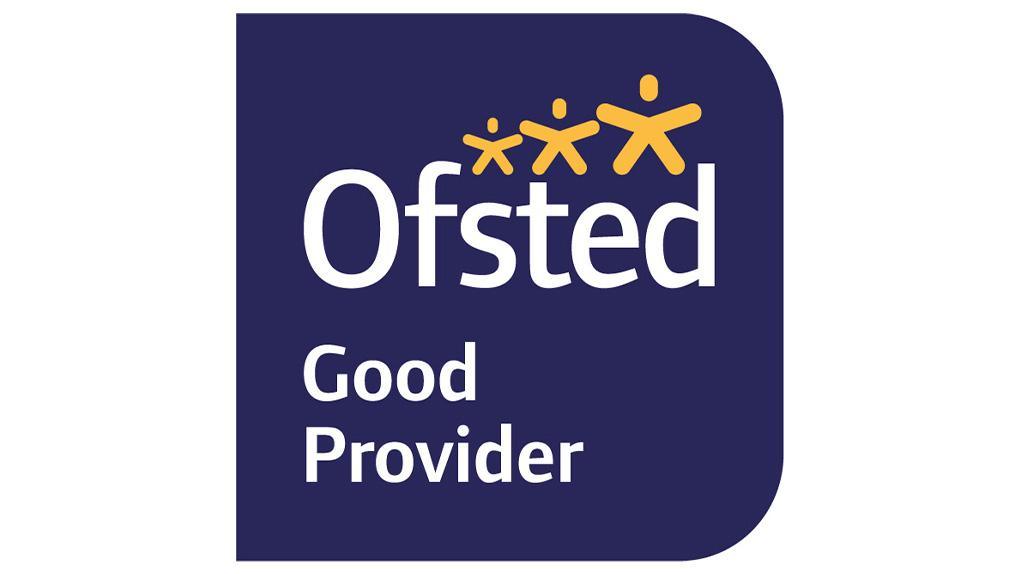Manual Handling
Reading time: 1 minute approx.
Posted on: 10 June 2025
As an employer, you must protect your workers from the risk of injury from hazardous manual handling in the workplace. Manual handling means transporting or supporting a load by hand or bodily force. It includes lifting, putting down, pushing, pulling, carrying or moving loads. A load can be an object, person or animal.
The law sets out how employers must deal with risks from manual handling:- Avoid hazardous manual handling, so far as reasonably practicable – assess the risk of injury from any hazardous manual handling operations that cannot be avoided -reduce the risk of injury from hazardous manual handling to as low as reasonably practicable – The weight of a load is important, though the law does not set specific weight limits. – In some cases, you must provide information about the weight and position of the centre of gravity of each load, if there is a risk of injury and it is reasonably practicable to do this.
This Manual Handling course is ideal for:
-
Employers and business owners looking to comply with health and safety regulations
-
Employees who regularly lift, carry, push, or pull loads as part of their job
-
Warehouse, factory, and construction workers
-
Carers and healthcare professionals who move or support people
-
Anyone responsible for handling goods or equipment manually
In this Manual Handling course, you will learn:
-
The risks and dangers associated with hazardous manual handling
-
How to identify safe manual handling techniques for lifting, pushing, pulling, and carrying loads
-
How to assess loads and work environments to reduce injury risk
-
The legal responsibilities of both employers and employees regarding manual handling
-
Practical tips to prevent musculoskeletal injuries
-
How to use equipment and teamwork to make handling safer and easier
-
Ways to promote a safer working environment through good manual handling practices










